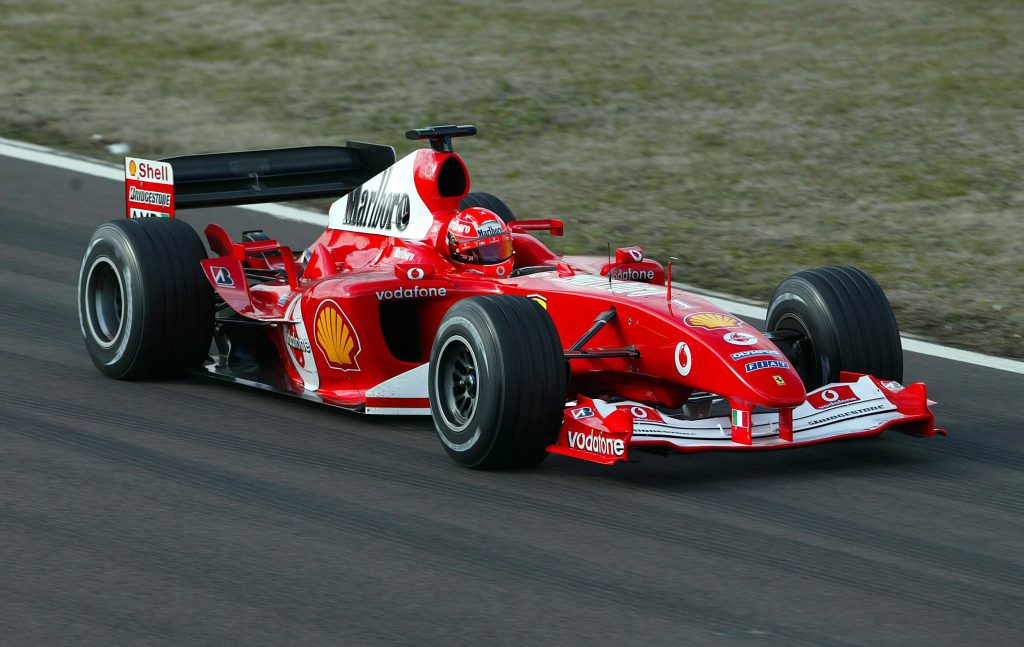Up Next

Mugello is a circuit that’s seen plenty of Formula 1 action over the years, so even though it had never held a grand prix race prior to this weekend it offers a chance to see how the speed of grand prix cars has changed without getting caught up in the small year-to-year steps.
When I was technical director at Jordan, we tested there in 1991 with the 191 and while it was a great track then, it’s even better now. For years, it has staged MotoGP and the riders love its fast, flowing sessions. But for F1, those become very fast, flowing sections. This is the kind of challenge drivers love and while there’s some run-off area off-track it’s mainly down to gravel traps so if you get it wrong you pay the price.
It’s interesting to look back at two occasions when F1 cars have run here in the 21st century to see how much the cars have changed in line with the evolving regulations.
The current cars are monsters with more grip than anything before them, huge amounts of power and, for at least one lap, more tyre than anything before them. The Mercedes is the fastest of them all, having now taken nine pole positions out of nine, but over the years we had dominant cars and teams just as we have currently. The numbers on the stopwatch might change, but very little else does.
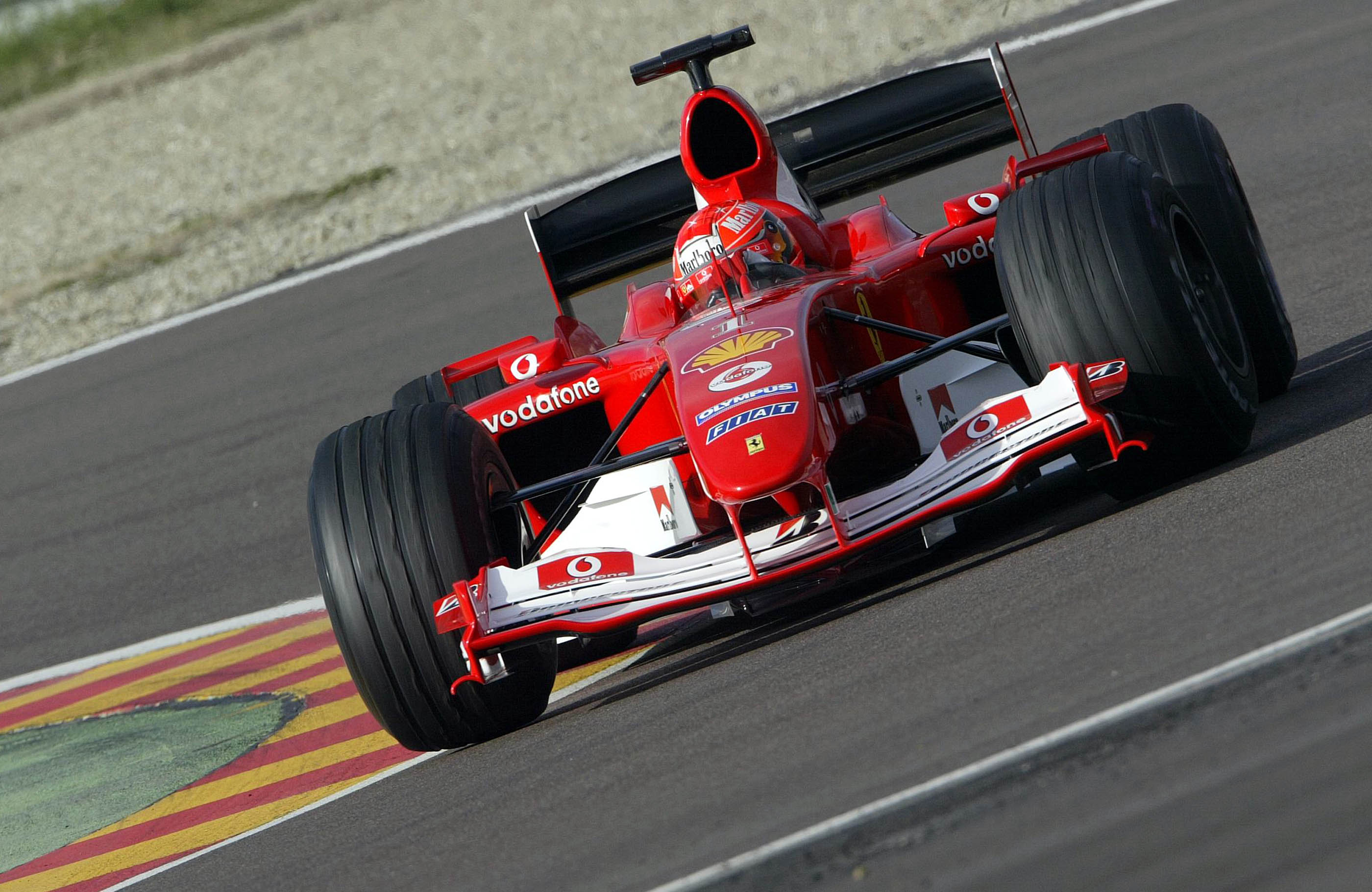
The 2004 Ferrari is one of the most impressive cars since the turn of the century and held many track records before the current generation of cars started to break them. The regulations were in a good place and everything design-wise was nicely balanced. With the relationship that Ferrari had with Bridgestone, the Ferrari F2004 was very successful. Remember, this was at the time of the tyre war between Bridgestone and Michelin so the competition was tough.
Regulation-wise, the cars weighed in with the driver at 625kg and had 900+ bhp, so light and with lots of grunt, which is a perfect combination for a fast race car.
Ferrari’s two drivers shared 15 wins, nine seconds, five thirds, finished first and second in the drivers’ championship and won the constructors’ championship with 262 points – that’s 143 points more than second place.
As Mugello is owned by Ferrari, it tested there a lot and with this car it held the unofficial lap record at 1m18.794s. We need to remember that was 16 years ago and technology has moved on leaps and bounds since then. But as I said above, there has always been a team – or a couple of teams – that dominated.
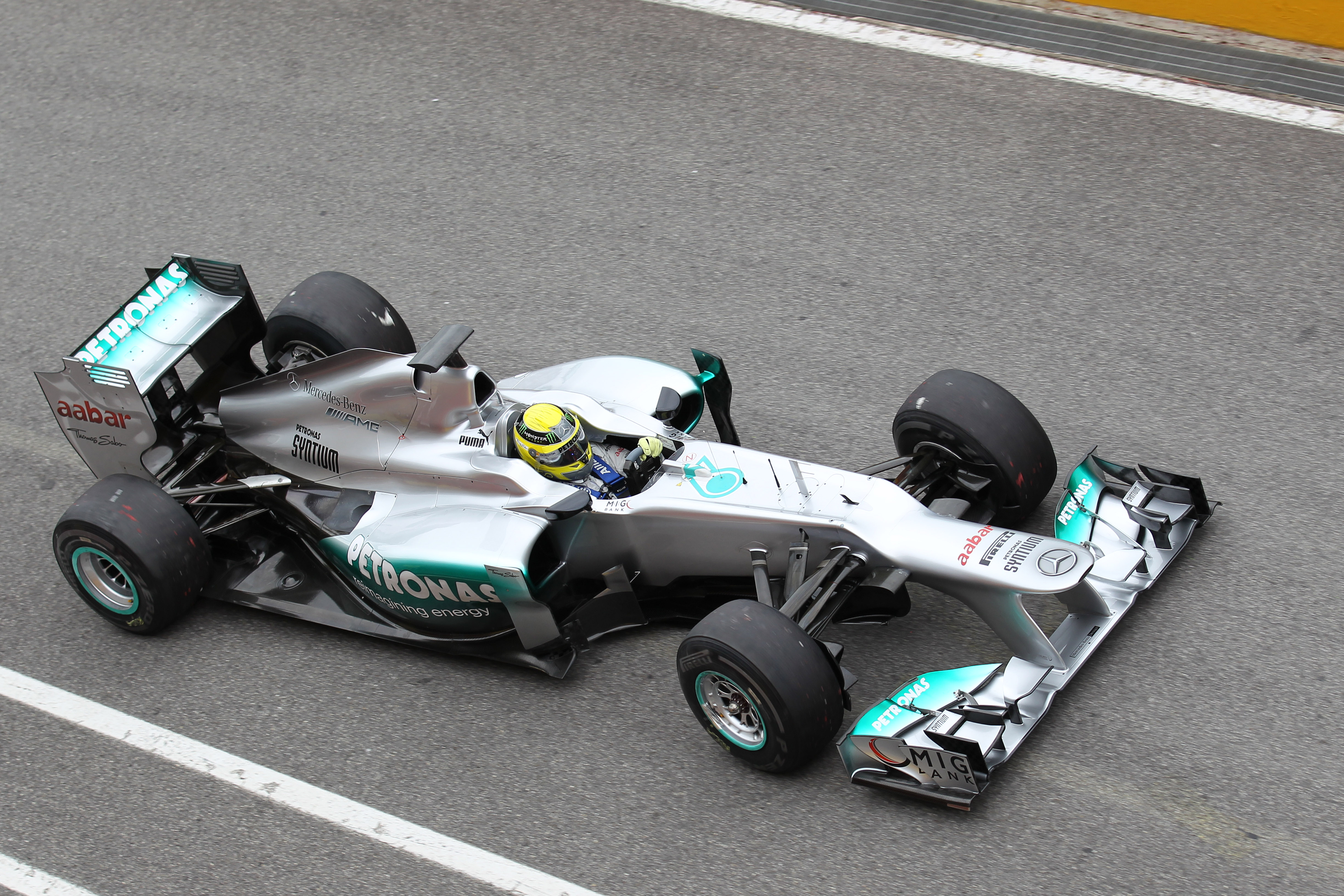
If we move on to 2012, when F1 had its last group test at the circuit, the cars are very different. This is the period of the truly ugly cars. Again, it was all driven by the regulations and neither the Lotus that Romain Grosjean set the fastest lap in nor the Mercedes, which we can compare to today’s dominant car, are what I would call visually inspiring. They are downright ugly, but were all the same because of the rules.
The philosophy of the regulations then was to reduce cornering speed and improve overtaking and by then F1 was well into the 2.4-litre V8 engine period, having used 3-litre V10s for the 2004 cars. Needless to say, the loss of downforce meant that the teams didn’t go faster from year to year but unfortunately the overtaking objective wasn’t achieved.
The high nose and step to the chassis was a way of getting around now the rules had been written and it was the best way to optimise the aerodynamic performance of the car based on the written word.
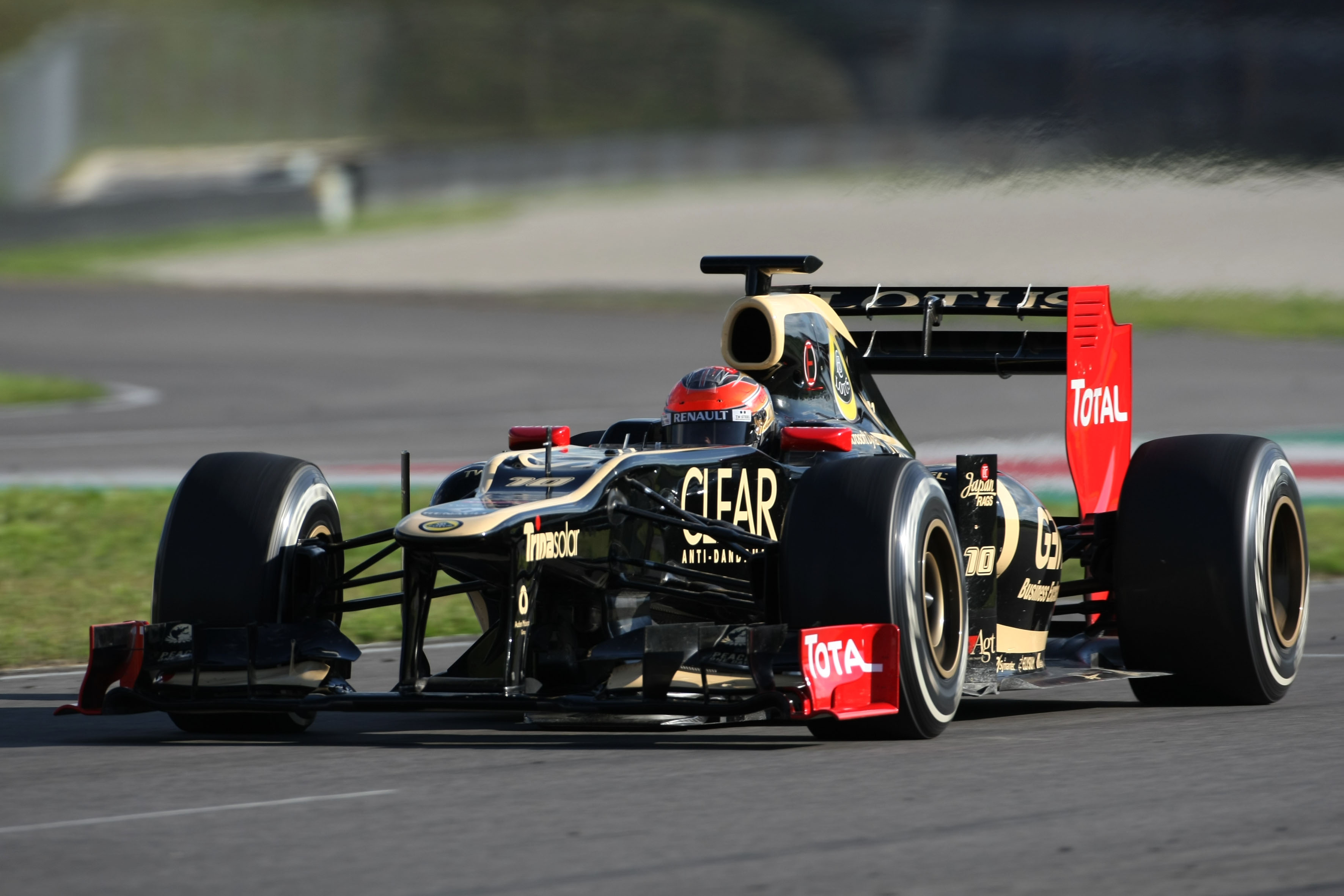
The Lotus-Renault E20 wasn’t the best car on the grid, but it had 10 podium finishes that year, including a win for Kimi Raikkonen in Abu Dhabi, so it’s a reasonable example of performance in that era. Over that period of eight years the cars had lost just over four seconds a lap, but that was the FIA’s philosophy back then – “they will be safer if they are slower”. The other thing was that the weight started to creep up, with these cars 35 kg heavier.
In testing, Grosjean did a 1m21.025s. I was at that test and I can assure you the drivers and teams found Mugello a challenge, so this was a reasonably representative time of what an F1 car could do around this difficult circuit.
Now we move onto probably the highest performance cars of this century and the fastest grand prix cars in history. Without doubt these cars have more downforce than anything we have seen in the last 20 years.
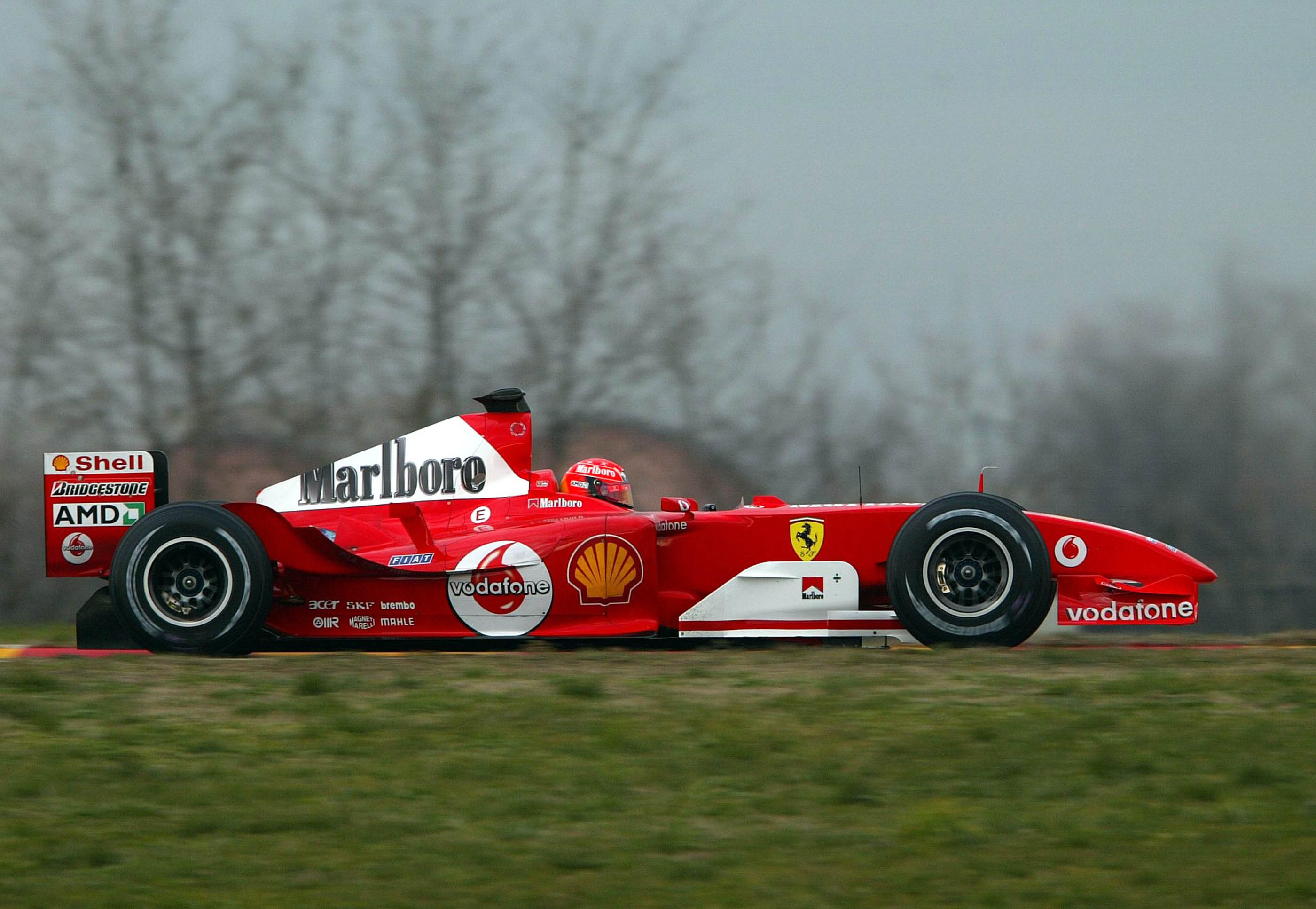
Just take a look at the 2004 Ferrari bargeboard and compare it to the current Mercedes package, it’s just a different world in terms of the intricacy. The grip level is unbelievable and if we take into account the weight at the normal 0.33 tenths per 10kg we get the following potential lap times.
2004: 605kg and a 1m18.704s with around 900bhp
2012: 640kg and a 1m21.035s with around 760bhp + KERS
2020: 746kg and a 1m15.144s with around 1000bhp
So with a 625kg car and a horsepower reduction of 100hp, these 2020 cars could do a 1m12.1s. If that was so, we could really start talking about the g-forces through these very fast corners.
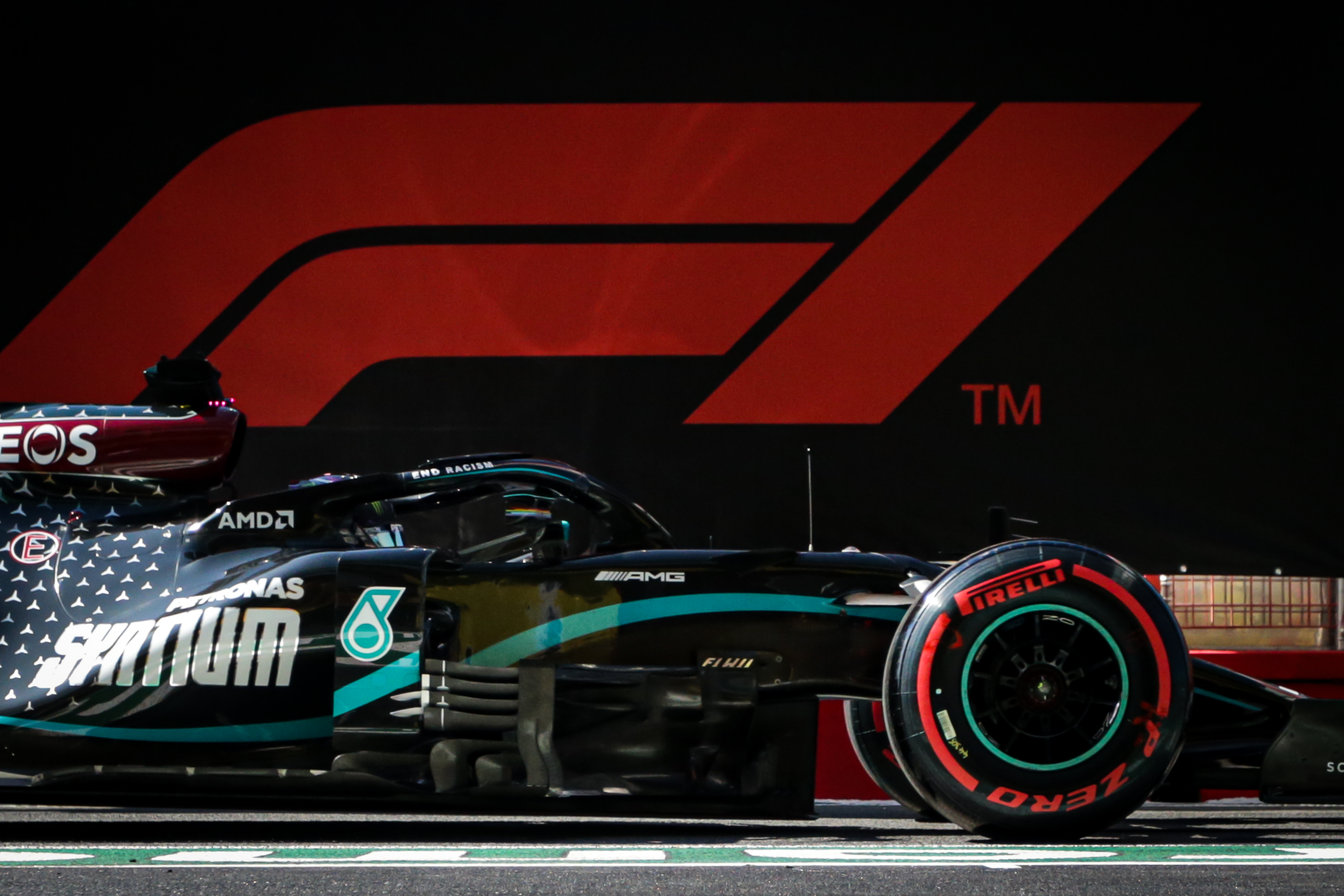
Summing up, going from one dominant car to another, the 2004 Ferrari to 2020 Mercedes shows a potential 6.5s improvement in 16 years.
Over that time, there have been lots of regulations changes and during the in-between years measures that led to very ugly cars. But the reality is the engineers have found solutions to all of these changes.
Over this time there have been fast cars and not so fast cars, but currently in terms of power-to-weight ratio wise we have the fastest cars laptime-wise that have ever been produced.
But as a look at the 2004 Ferrari in comparison shows, speed isn’t everything and the cleaner lines of cars that, at the time, were more detailed than those before them, looks closer to what I want a grand prix car to look like than what we’ve got today. But it least the 2020 cars look a lot better than those of eight years ago.

